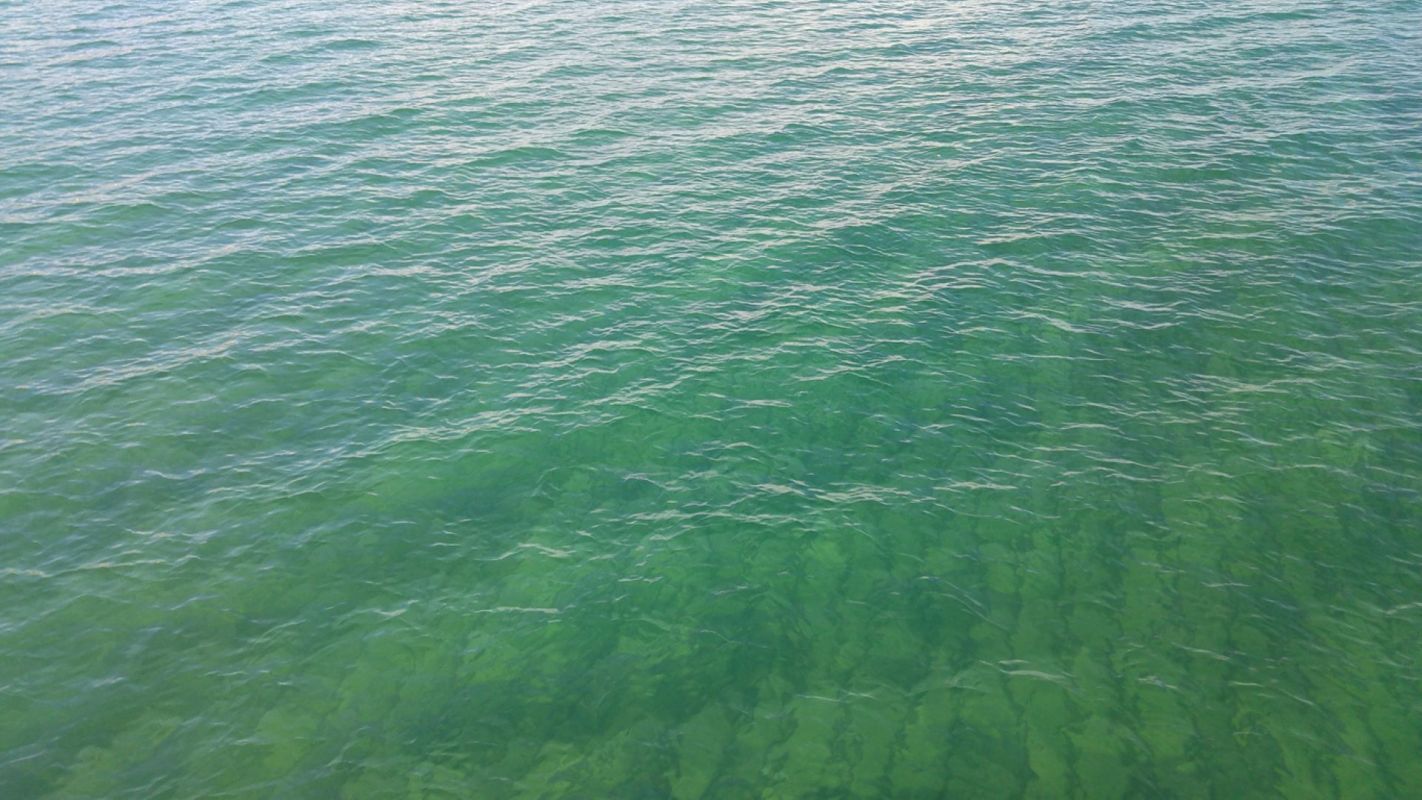When we think of the ocean, we think of a great blue expanse, but recent images from NASA's Modis-Aqua satellite show our oceans are becoming steadily greener — and not in a good way.
What's happening?
Changes in phytoplankton populations, which are made up of microbes that contain chlorophyll, are causing a change in our oceans' color, according to data from a new study and as reported by the Guardian. Since the color of the ocean is mainly the result of what occupies its upper layers, the more phytoplankton living there, the greener the water will be.
The study's researchers expanded on previous research and dissected 20 years of the satellite's observation, looking for patterns of change in the ocean's color through a broader spectrum, including red and blue.
Plankton of varying sizes and with different pigments scatter and absorb light differently, so studying changes in the ocean's color can provide scientists with a clearer picture of changes in plankton populations worldwide.
Phytoplankton is the base of most marine food chains, making them essential to ocean ecosystems. According to the Guardian, changes in their populations have been found in over 56% of our oceans, which is an area larger than all of the land on Earth.
BB Cael, a scientist at the National Oceanography Centre in Southampton and author of the study, called it a "greening effect" and told the Guardian, "We do have changes in the color that are significantly emerging in almost all of the ocean of the tropics or subtropics."
Cael went on to say, "These are not ultra, massive ecosystem-destroying changes, they may be subtle … But this gives us an additional piece of evidence that human activity is likely affecting large parts of the global biosphere in a way that we haven't been able to understand."
Why are green oceans concerning?
The ocean is the largest ecosystem on Earth, and our health is intertwined with its health. Our oceans feed us, regulate our climate, and generate 50-80% of our oxygen. In short, if the oceans die, we die with them.
"The reason we care about this is not because we care about the color, but because the color is a reflection of the changes in the state of the ecosystem," Cael told the Guardian.
One of these changes is the recent abundance of plastics in the ocean caused by human pollution, and they are wreaking havoc on the ocean environment.
What can be done to help our oceans?
We can work to slow the overheating of our planet and protect our oceans by moving away from single-use plastics, integrating clean energy at home, and limiting our burning of methane gas by taking public transportation, riding a bike, or upgrading to an electric vehicle.
Join our free newsletter for weekly updates on the coolest innovations improving our lives and saving our planet.









